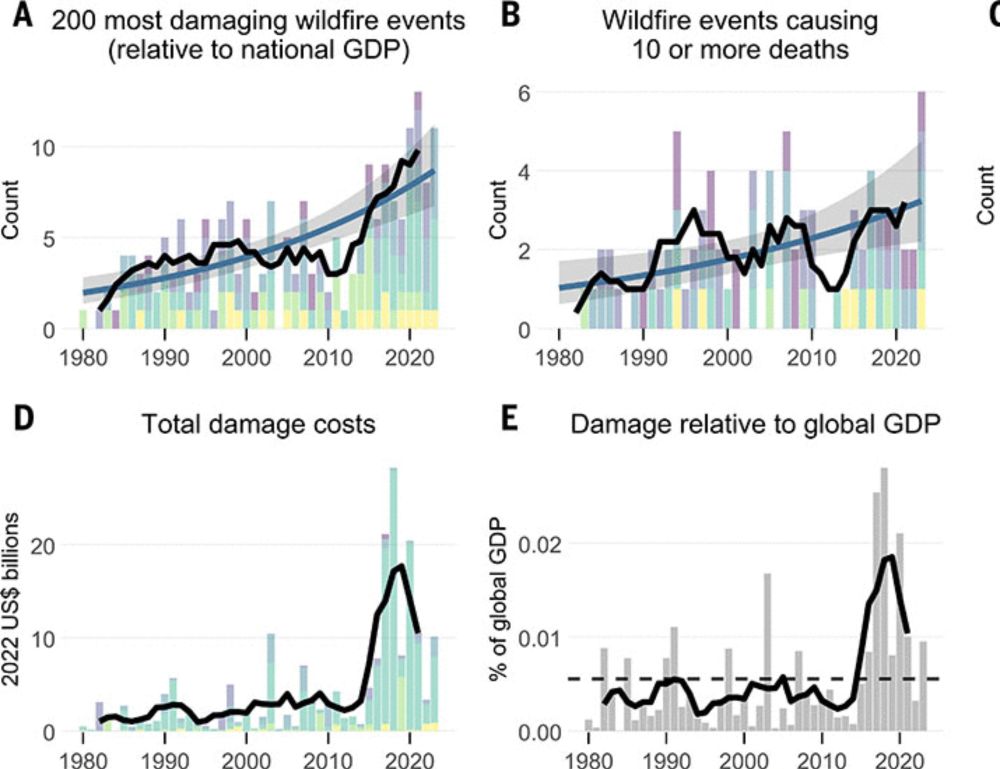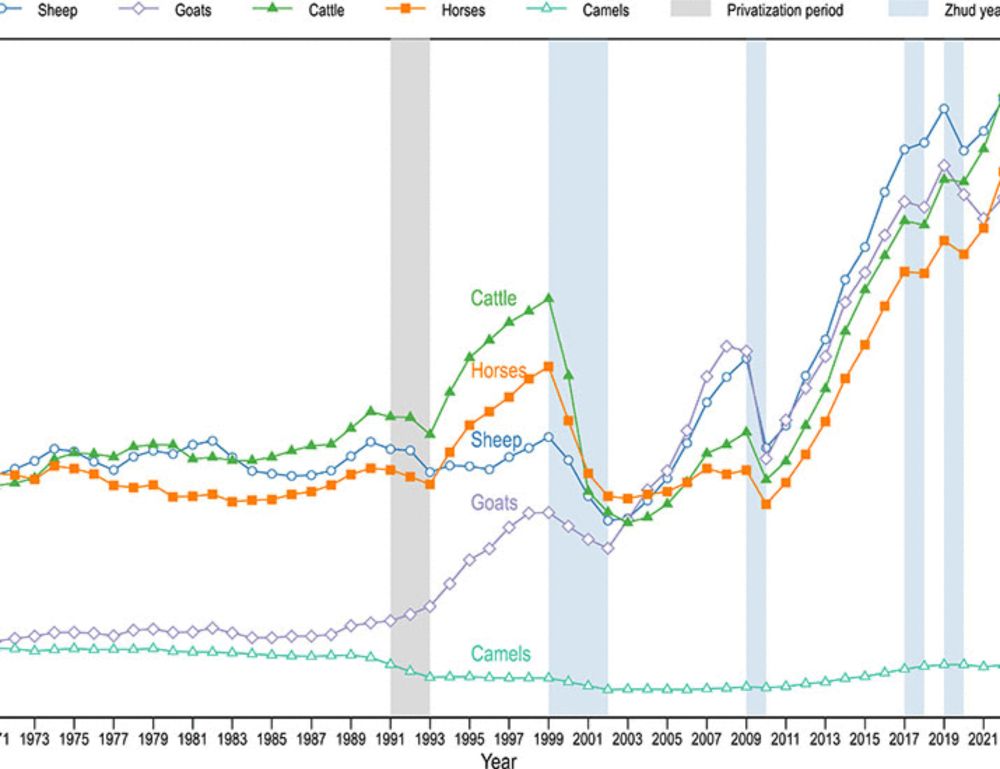Bill Smith
@wkolby.bsky.social
150 followers
130 following
15 posts
Associate Professor @uarizona.bsky.social. Ecosystem ecology, ecophysiology, multi-scale remote sensing, drylands. Lab website: https://sites.arizona.edu/ecd-lab/; NASA ARID website: https://aridscoping.arizona.edu/
Posts
Media
Videos
Starter Packs
Pinned
Reposted by Bill Smith
Reposted by Bill Smith
Reposted by Bill Smith
Reposted by Bill Smith
Reposted by Bill Smith
Reposted by Bill Smith
Reposted by Bill Smith
Reposted by Bill Smith
Antoine Cabon
@acabon.bsky.social
· Sep 5

Distal to proximal: a continuum of drivers shaping tree growth and carbon partitioning
The relationship between tree carbon (C) assimilation and growth is central to understanding tree functioning and forecasting forest C sequestration, yet remains unresolved. The long-standing debate ...
nph.onlinelibrary.wiley.com
Reposted by Bill Smith
Reposted by Bill Smith



























